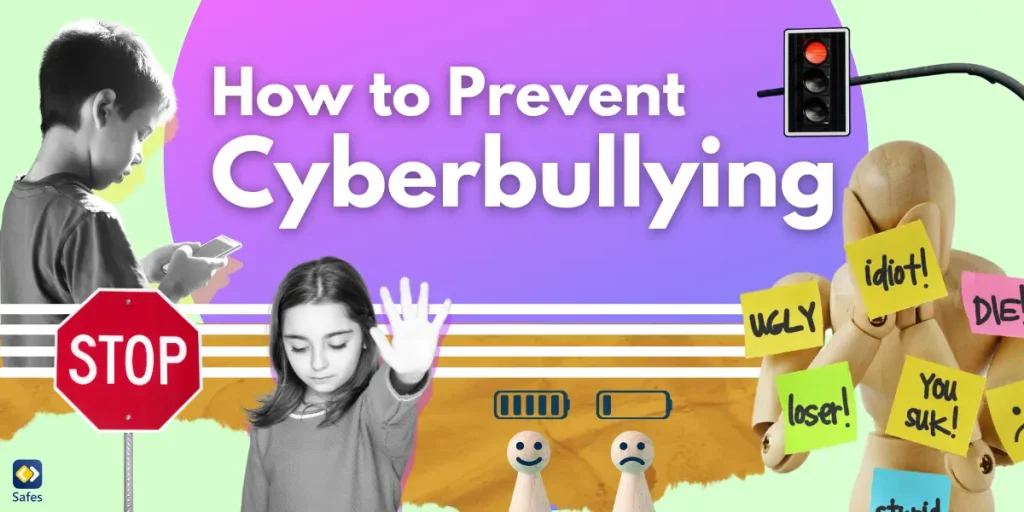James Stephen Donaldson, popularly known as MrBeast, has fallen victim to impersonation on several social media platforms such as YouTube and TikTok, where scammers exploit his identity. MrBeast is celebrated for his extravagant stunts and his commitment to philanthropy. His content often features giveaways of cars, cash prizes, electronics, and various gifts to his subscribers and participants in his YouTube videos. Regrettably, his altruistic endeavors also make him a prime target for scammers looking to impersonate him on social media. Recently there have been several deepfakes of him, promising viewers $2 iPhones. Deepfakes use artificial intelligence (AI) to make a video of someone by manipulating their face or body.
Dangers of Deepfakes
Deepfakes pose several dangers for children, including:
Online Harassment and Bullying: Malicious actors can use deepfake technology to create realistic-looking videos or images that can be used for cyberbullying or harassment. Children may become targets of such attacks, leading to emotional distress and harm to their reputation.
False Evidence: Deepfakes can be used to create false evidence of a child’s involvement in inappropriate or illegal activities. This false evidence can be used for blackmail or to damage a child’s reputation.
Privacy Invasion: Deepfakes can be used to create fake videos or images of children in compromising or private situations, violating their privacy and potentially causing emotional trauma.
Grooming and Predatory Behavior: Predators can use deepfake technology to manipulate and deceive children into believing they are interacting with someone trustworthy. This can lead to dangerous situations where children are manipulated or exploited.
Misinformation: Deepfakes can be used to spread misinformation, which can have harmful consequences for children if they believe false information to be true.
Erosion of Trust: If children are exposed to deepfakes from a young age, it may erode their trust in digital content, making it more challenging to discern real from fake information online.
To protect children from these dangers, it’s essential for parents, guardians, and educators to educate them about the risks associated with deepfakes, encourage critical thinking about online content, and implement appropriate online safety measures. Additionally, platforms and technology companies must work to develop and implement effective detection and prevention tools for deepfake content.
How to Keep Children Safe Online
Parents can take several steps to help prevent their children from falling victim to deepfakes and protect them online:
Educate Your Children: Teach your children about the existence and potential dangers of deepfake technology. Explain what deepfakes are and how they can be used maliciously. Encourage open communication about their online experiences.
Promote Critical Thinking: Encourage your children to question the authenticity of online content. Teach them to scrutinize videos, images, and messages they encounter online and ask whether something seems too good to be true or out of character.
Use Parental Controls: Utilize parental control apps and settings on devices and apps your children use. This can help filter and block inappropriate or potentially harmful content.
Set Privacy Settings: Review privacy settings on social media accounts and other online platforms your children use. Ensure that their profiles are set to private and that they only connect with people they know in real life.
Teach Online Etiquette: Help your children understand the importance of respectful and responsible online behavior. Encourage them not to share personal information, passwords, or engage in cyberbullying.
Verify Sources: Teach your children to verify the sources of information they encounter online. Explain the importance of using reputable sources and being cautious about sharing information from unknown or suspicious sources.
Warn About Impersonation: Make sure your children understand the risks of impersonation online. Advise them not to trust messages or requests from individuals they don’t know personally, even if they claim to be someone they recognize.
Stay Informed: Keep yourself informed about the latest developments in technology and online safety. This will help you stay ahead of potential threats and guide your children effectively.
Report Suspicious Content: Encourage your children to report any suspicious or harmful content they encounter online. Many platforms have reporting mechanisms to address abusive or inappropriate content.
Lead by Example: Be a role model for responsible online behavior. Demonstrate good digital citizenship by practicing safe and ethical online habits yourself.
By taking these proactive steps and maintaining open communication with your children, you can help protect them from the risks associated with deepfakes and online threats.
Conclusion
The rise of deepfake technology, exemplified by MrBeast impersonation scams, poses real dangers to children, from harassment and misinformation to privacy invasion. To protect them, parents must educate, promote critical thinking, use parental controls, and set privacy settings. Teaching online etiquette, verifying sources, and fostering trust are equally vital. Staying informed, reporting suspicious content, and leading by example complete the strategy. By taking these measures, you can empower children to navigate the digital world safely, protecting them against deepfake threats and ensuring their well-being in this digital age.




